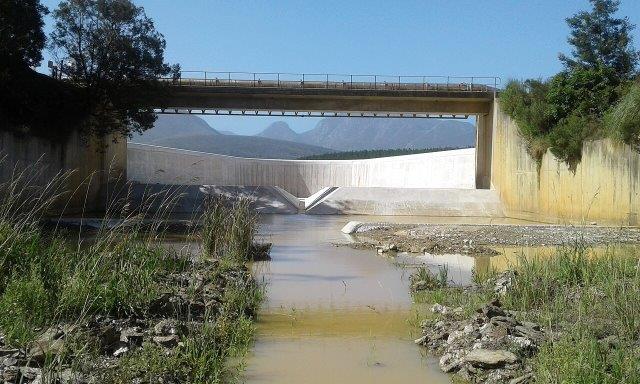
Tanzania yesterday made an advance payment of $309.65m to two Egyptian companies to build a hydropower dam at Stiegler’s Gorge, in the Selous Game Reserve, despite strong objections from conservationists. Officially costed at just under $3bn, the dam in the UNESCO World Heritage site is scheduled to be finished within three years, Tanzania’s finance ministry said in a statement.
The government said it would pay for the 2,115-megawatt dam mostly with tax revenues, reports Reuters.
Tanzania hired Egyptian companies Arab Contractors and El Sewedy Electric Co to build the dam in December 2018.
Although the dam is set to expand Tanzania’s generating capacity from 1.5GW to 3.6GW, it has been severely criticised by international observers.
In February, an independent report on the scheme predicted its estimated cost of $3bn will rise to almost $10bn in practice, and argued that the money would be better spent developing the country’s wind and solar potential.
The Selous Game Reserve is one of the largest protected areas in Africa, according to UNESCO, famous for its populations of elephants, black rhinos, giraffes and other species.
When the Egyptian companies were hired in December, the World Wildlife Fund warned the project “risks damage to a wetland of international importance, the Rufiji-Mafia-Kilwa Marine Ramsar Site, and could impact on the livelihoods of more than 200,000 people who live downstream”.
The Tanzanian government has rejected these concerns, saying the dam, called the Rufiji hydroelectric project, would actually conserve water and sustain wildlife populations.
http://www.globalconstructionreview.com/news/tanzania-makes-310m-down-payment-egyptian-firms-co/





